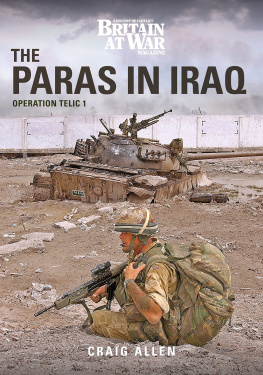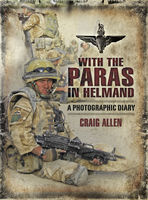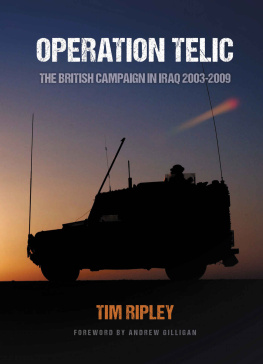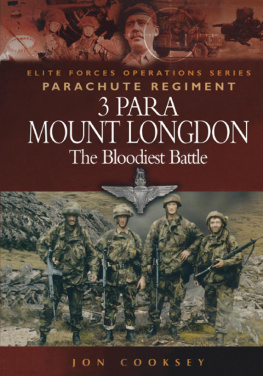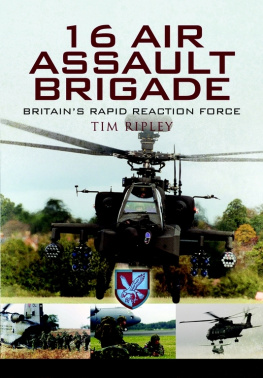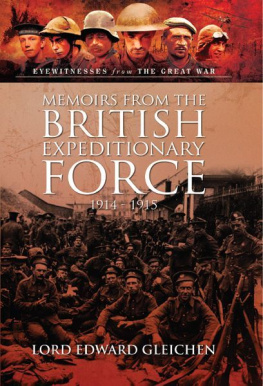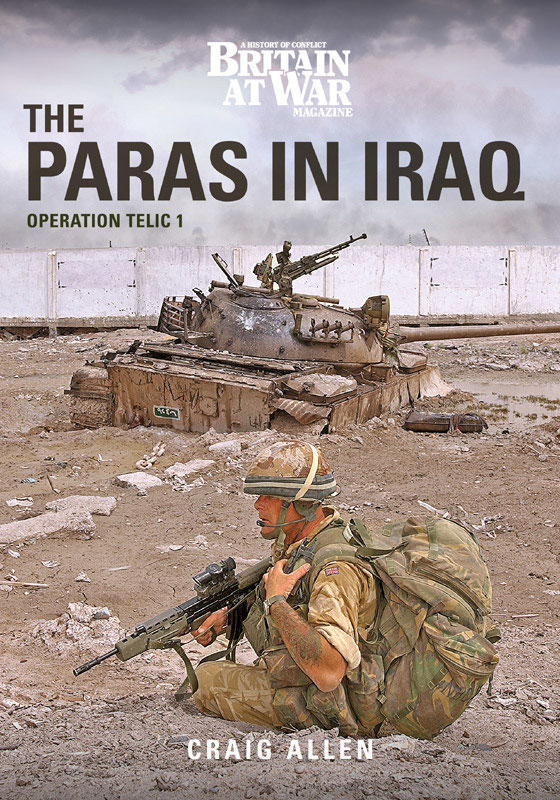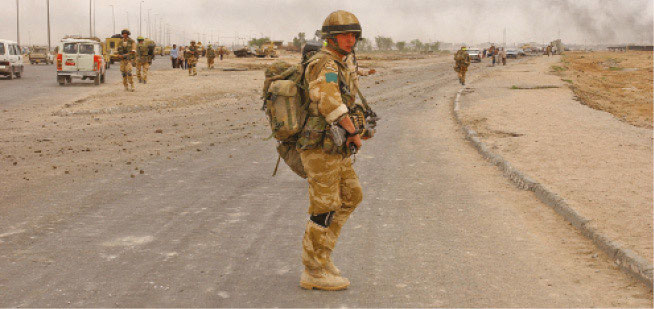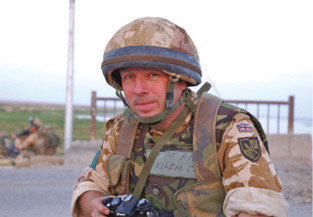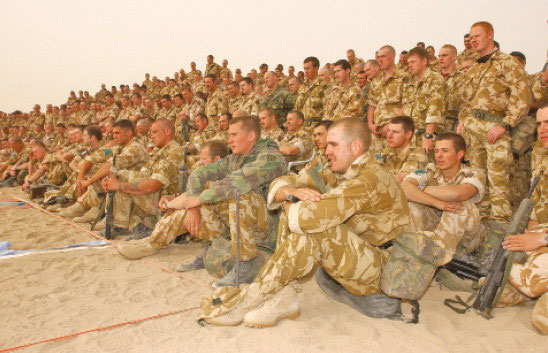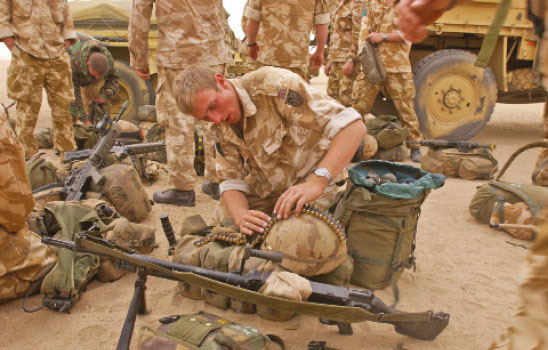Prologue
After 23 years of service in the Parachute Regiment, I returned to civilian life in 2001 and began a career as a freelance photographer. Once in never out, however, and I continued to serve with 4 Para, the Reserve Battalion. Shortly after the terrorist attacks of 9/11, I found myself sharing a mountain refuge high in the Pyrenees with a US Army major. We were both walking the Chemin de la Libert , or Freedom Trail, which follows the route of a wartime escape line. Over a simple meal at the refuge, we speculated on the future and where events might lead us. For me, this was to mean returning to the regular regiment as a media escort and photographer for the campaign in Iraq.
In April of 2003 I joined 3 Para Battle Group; then in Kuwait, and due to my media background, I was given the job of escorting our embedded BBC crew and print journalist. This role gave me the freedom to move around the battlefield and cover the Regiment on operations. The campaign in Iraq proved controversial at home, but for those of us out in the desert the focus was simply on getting the job done. I leave questions of the wisdom of the invasion to historians. This book is simply an attempt to illustrate how paratroopers looked and fought during the campaign and to share my images with a wider audience.
Craig Allen, 2020
Walkers ascend the Col de Craberous on the Freedom Trail, French Pyrenees.
Introduction
For Operation Telic , the 2003 campaign in Iraq, the UK was the junior partner alongside our American allies but still contributed a substantial force. This was based around the 1st Armoured Division consisting of 7th Armoured Bde, 16 Air Assault (AA) Bde and 102 Logistics Bde, with the Marines of 3 Commando Bde under command. 16 AA Bde was commanded by Brigadier Jacko Page, and this account concentrates on its two parachute battalions, 1 and 3 Para. Reservists such as I had joined them in Kuwait, and 4 Para contributed around 150 men, many of whom brought useful civilian skills. By mid-March the Para battalions were based in temporary camps in Kuwait where they were conducting training for a possible invasion of Iraq. With access to the nightly TV news reports, it became increasingly clear the operation was going to happen, which added a new sense of urgency. Once the green light had been given, we began to make final preparations to vehicles, weapons and equipment. This was followed by the orders process, with the brigade and battalion plan being explained to all ranks through ROC drills. Rehearsals then followed and prepared us for the vehicle move up to the border. From a personal point of view these final few days saw me busy with the media team vehicles. I also had to ensure our embedded press had the right kit, particularly NBC gear (chemical suits), as this was a major concern at the time. In fact, the coming campaign was to prove very different to Operation Granby back in 1991, but in the early days there was every expectation we would have to fight. In the event, the Iraqi military were overwhelmed by the air and ground campaign and were unable or unwilling to put up serious resistance. Nevertheless, there was some fighting and their artillery proved quite effective. The most serious opposition to Western forces was to come from the insurgency that followed, but this was all in the future.

3 Para soldier pictured during operations in the southern oilfields.
The Paras in Iraq
Orders for Battle
The campaign in Iraq saw the introduction of ROC (Rehearsal of Concept) drills. The term is borrowed from the US Army, although the British Army had been using similar methods for many years. This widespread adoption of US terminology was notable throughout the campaign and jarred with some of the old sweats. For example, a Start Line was now an LOD or Line of Departure, and there were numerous other examples. The ROC drill seen here is being conducted by the then Lt Col Lorimer, CO 3 Para. The location was Camp Eagle, 3 Paras base in the Kuwaiti desert. Each phase of the plan was walked through using the model, with the relevant commanders briefing their part of the overall scheme. This method with the whole battalion taking part ensured everyone was in the picture and knew their part in the plan. There remained flexibility for commanders in achieving their individual missions as long as the central aim was maintained. This is known as mission command, the method behind much of the German Armys success in World War Two.

Lt Col Lorimer briefs the battalion on the overall plan using the model.
The battalion gathered for the pre-deployment briefing and ROC drill.
Preparatory Moves
The battalion carried out its final preparations for the vehicle move into Iraq, which was made in soft-skinned transport, mainly 4-ton DAF trucks and Land Rovers. This was made possible as we were preceded by a heavily armed and armoured US Marine Regimental Combat Team complete with lavish air support. So, the battalion went to war much as their forefathers had done in the Western Desert as lorry-borne infantry. In these images, men carry out final checks of weapons and ammunition before boarding their transport for the move. It was at this point that Scuds began to land behind us in the desert close to Camp Eagle, and the NBC alert was sounded. This proved to be a false alarm but impressed upon everyone that things were now getting real.
A 3 Para GPMG gunner checks through his belted ammunition for any dodgy links.
Jeremy Cook of the BBC and his Australian cameraman Andy Hibbert pose at the rear of their Jeep.

